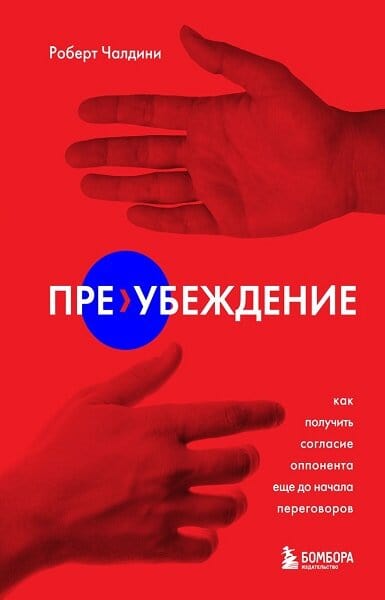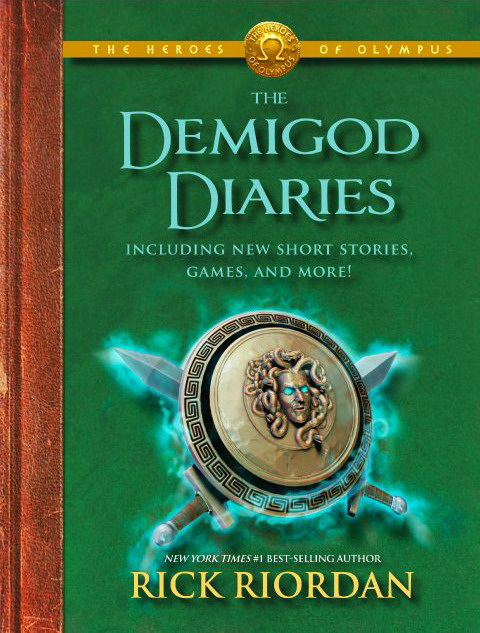Шрифт:
Закладка:
3926
Harada N, Okajima K, Arai M, Kurihara H, Nakagata N. Administration of capsaicin and isoflavone promotes hair growth by increasing insulin-like growth factor-I production in mice and in humans with alopecia. Growth Horm IGF Res. 2007;17(5):408–15. https://pubmed.ncbi.nlm.nih.gov/17569567/
3927
Bhagwat S, Haytowitz DB, Holden JM. USDA database for the isoflavone content of selected foods: release 2.0. Agricultural Research Service, United States Department of Agriculture. https://www.ars.usda.gov/arsuserfiles/80400525/data/isoflav/isoflav_r2.pdf. Published September 2008. Accessed April 15, 2022.; https://www.ars.usda.gov/arsuserfiles/80400525/data/isoflav/isoflav_r2.pdf
3928
Cho YH, Lee SY, Jeong DW, et al. Effect of pumpkin seed oil on hair growth in men with androgenetic alopecia: a randomized, double-blind, placebo-controlled trial. Evid Based Complement Alternat Med. 2014;2014:549721. https://pubmed.ncbi.nlm.nih.gov/24864154/
3929
Octa Sabal Plus. tradeKorea.com. https://www.tradekorea.com/product/detail/P291943/Octa-Sabal-Plus-.html. Accessed July 5, 2022.; https://www.tradekorea.com/product/detail/P291943/Octa-Sabal-Plus-.html
3930
Hajhashemi V, Rajabi P, Mardani M. Beneficial effects of pumpkin seed oil as a topical hair growth promoting agent in a mice model. Avicenna J Phytomed. 2019;9(6):499–504. https://pubmed.ncbi.nlm.nih.gov/31763209/
3931
Ibrahim IM, Hasan MS, Elsabaa KI, Elsaie ML. Pumpkin seed oil vs. minoxidil 5 % topical foam for the treatment of female pattern hair loss: a randomized comparative trial. J Cosmet Dermatol. 2021;20(9):2867–73. https://pubmed.ncbi.nlm.nih.gov/33544448/
3932
Dhurat R, Chitallia J, May TW, et al. An open-label randomized multicenter study assessing the noninferiority of a caffeine-based topical liquid 0. 2 % versus minoxidil 5 % solution in male androgenetic alopecia. Skin Pharmacol Physiol. 2017;30(6):298–305. https://pubmed.ncbi.nlm.nih.gov/29055953/
3933
Daniels G, Akram S, Westgate GE, Tamburic S. Can plant-derived phytochemicals provide symptom relief for hair loss? A critical review. Int J Cosmet Sci. 2019;41(4):332–45. https://pubmed.ncbi.nlm.nih.gov/31240739/
3934
Randall VA, Ebling FJ. Seasonal changes in human hair growth. Br J Dermatol. 1991;124(2):146–51. https://pubmed.ncbi.nlm.nih.gov/2003996/
3935
Fischer TW, Herczeg-Lisztes E, Funk W, Zillikens D, Bíró T, Paus R. Differential effects of caffeine on hair shaft elongation, matrix and outer root sheath keratinocyte proliferation, and transforming growth factor-ß2/insulin-like growth factor-1-mediated regulation of the hair cycle in male and female human hair follicles in vitro. Br J Dermatol. 2014;171(5):1031–43. https://pubmed.ncbi.nlm.nih.gov/24836650/
3936
Dressler C, Blumeyer A, Rosumeck S, Arayesh A, Nast A. Efficacy of topical caffeine in male androgenetic alopecia. J Dtsch Dermatol Ges. 2017;15(7):734–41. https://pubmed.ncbi.nlm.nih.gov/28677188/
3937
Bussoletti C, Tolaini MV, Celleno L. Efficacy of a cosmetic phyto-caffeine shampoo in female androgenetic alopecia. G Ital Dermatol Venereol. 2020;155(4):492–9. https://pubmed.ncbi.nlm.nih.gov/29512972/
3938
Dressler C, Blumeyer A, Rosumeck S, Arayesh A, Nast A. Efficacy of topical caffeine in male androgenetic alopecia. J Dtsch Dermatol Ges. 2017;15(7):734–41. https://pubmed.ncbi.nlm.nih.gov/28677188/
3939
Kwon OS, Han JH, Yoo HG, et al. Human hair growth enhancement in vitro by green tea epigallocatechin-3-gallate (EGCG). Phytomedicine. 2007;14(7–8):551–5. https://pubmed.ncbi.nlm.nih.gov/17092697/
3940
Liao S, Hiipakka RA. Selective inhibition of steroid 5 a-reductase isozymes by tea epicatechin-3-gallate and epigallocatechin-3-gallate. Biochem Biophys Res Commun. 1995;214(3):833–8. https://pubmed.ncbi.nlm.nih.gov/7575552/
3941
Kim YY, Up No S, Kim MH, et al. Effects of topical application of EGCG on testosterone-induced hair loss in a mouse model. Exp Dermatol. 2011;20(12):1015–7. https://pubmed.ncbi.nlm.nih.gov/21951062/
3942
Berger RS, Fu JL, Smiles KA, et al. The effects of minoxidil, 1 % pyrithione zinc and a combination of both on hair density: a randomized controlled trial. Br J Dermatol. 2003;149(2):354–62. https://pubmed.ncbi.nlm.nih.gov/27552261/
3943
Miao Y, Sun Y, Wang W, et al. 6-gingerol inhibits hair shaft growth in cultured human hair follicles and modulates hair growth in mice. PLoS One. 2013;8(2):e57226. https://pubmed.ncbi.nlm.nih.gov/23437345/
3944
Li Y, Han M, Lin P, He Y, Yu J, Zhao R. Hair growth promotion activity and its mechanism of Polygonum multiflorum. Evid Based Complement Alternat Med. 2015;2015:517901. https://pubmed.ncbi.nlm.nih.gov/26294926/
3945
Shin JY, Choi YH, Kim J, et al. Polygonum multiflorum extract support hair growth by elongating anagen phase and abrogating the effect of androgen in cultured human dermal papilla cells. BMC Complement Med Ther. 2020;20(1):144. https://pubmed.ncbi.nlm.nih.gov/32398000/
3946
Teka T, Wang L, Gao J, et al. Polygonum multiflorum: recent updates on newly isolated compounds, potential hepatotoxic compounds and their mechanisms. J Ethnopharmacol. 2021;271:113864. https://pubmed.ncbi.nlm.nih.gov/33485980/
3947
Hay IC, Jamieson M, Ormerod AD. Randomized trial of aromatherapy: successful treatment for alopecia areata. Arch Dermatol. 1998;134(11):1349–52. https://pubmed.ncbi.nlm.nih.gov/9828867/
3948
Sharquie KE, Al-Obaidi HK. Onion juice (Allium cepa L.), a new topical treatment for alopecia areata. J Dermatol. 2002;29(6):343–6. https://pubmed.ncbi.nlm.nih.gov/12126069/
3949
Hajheydari Z, Jamshidi M, Akbari J, Mohammadpour R. Combination of topical garlic gel and betamethasone valerate cream in the treatment of localized alopecia areata: a double-blind randomized controlled study. Indian J Dermatol Venereol Leprol. 2007;73(1):29–32. https://pubmed.ncbi.nlm.nih.gov/17314444/
3950
Panahi Y, Taghizadeh M, Marzony ET, Sahebkar A. Rosemary oil vs minoxidil 2 % for the treatment of androgenetic alopecia: a randomized comparative trial. Skinmed. 2015;13(1):15–21. https://pubmed.ncbi.nlm.nih.gov/25842469/
3951
Ajmani GS, Suh HH, Wroblewski KE, Pinto JM. Smoking and olfactory dysfunction: a systematic literature review and meta-analysis. Laryngoscope. 2017;127(8):1753–61. https://pubmed.ncbi.nlm.nih.gov/28561327/
3952
Desiato VM, Levy DA, Byun YJ, Nguyen SA, Soler ZM, Schlosser RJ. The prevalence of olfactory dysfunction in the general population: a systematic review and meta-analysis. Am J Rhinol Allergy. 2021;35(2):195–205. https://pubmed.ncbi.nlm.nih.gov/32746612/
3953
Stevens JC, Cain WS, Demarque A, Ruthruff AM. On the discrimination of missing ingredients: aging and salt flavor. Appetite. 1991;16(2):129–40. https://pubmed.ncbi.nlm.nih.gov/2064391/
3954
Schäfer L, Schriever VA, Croy I. Human olfactory dysfunction: causes and consequences. Cell Tissue Res. 2021;383(1):569–79. https://pubmed.ncbi.nlm.nih.gov/33496882/





